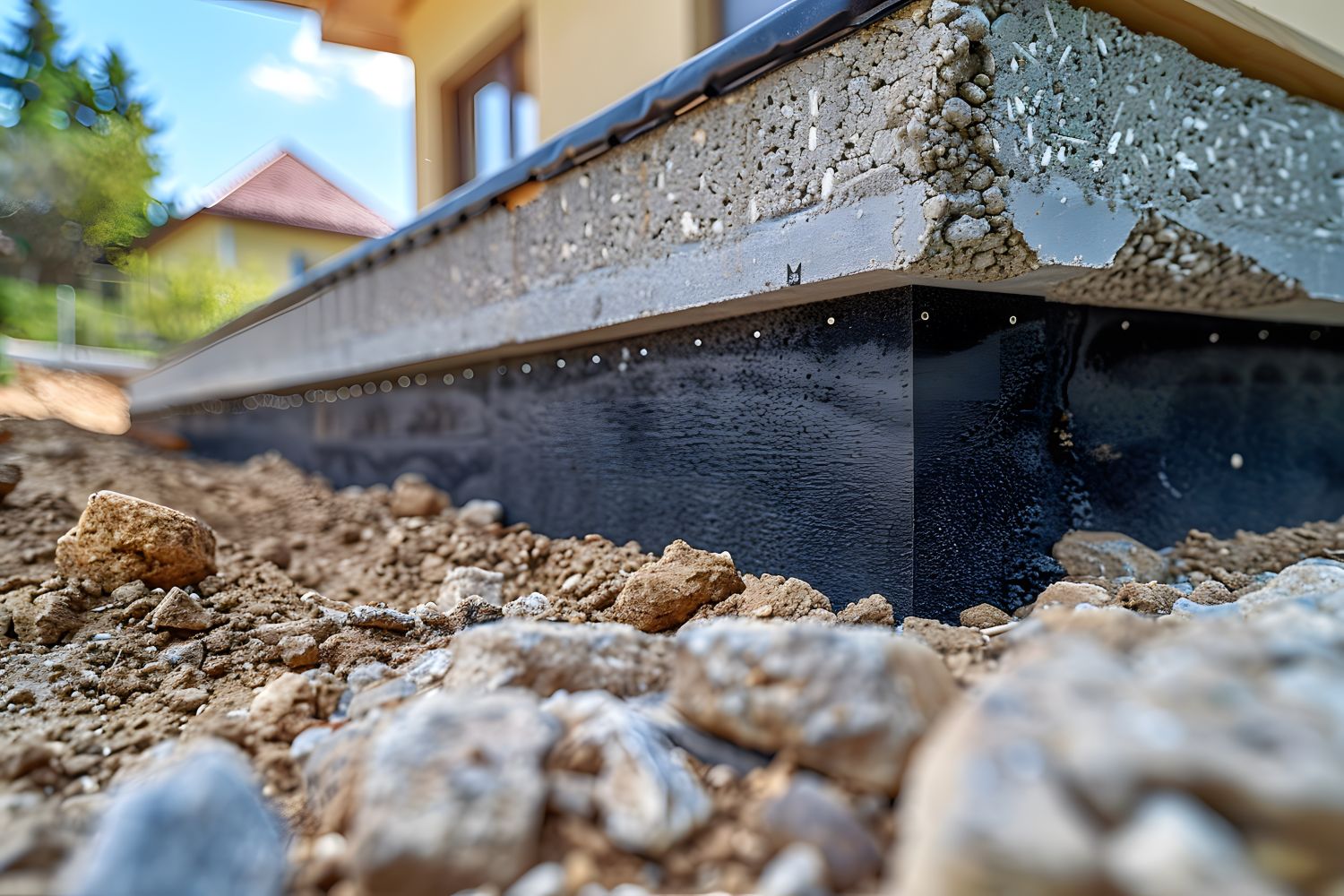Eastern North Carolina Important: COVID-19 Announcement.

Your home’s foundation is nothing less than the backbone of your house. Explicitly, a foundation holds the entire building up, supporting the structure and ensuring your home stays stable. The effect could become serious when the foundation fails (from shifting soil, water damage, or the passage of time). If you ever notice cracks in your walls, uneven floors, or doors that stick, don’t wait too long; consider foundation repairs immediately. However, how do engineered repairs compare to traditional foundation repair
How do engineered repairs compare to traditional repair? Mainly, engineered repair delivers the cutting edge of foundation repair. The method uses advanced technology and materials to fix foundation problems with lasting results. You may say it is a customized and modern solution for a home’s unique needs. A well-known engineered technique is the installation of helical piers. How does this work? The steel piers are drilled deep into the ground to transfer your house’s weight to stable soil layers below. Expansive clay, weak soil, or unstable ground function better in engineered repairs.
Engineered repairs use carbon fiber strips and epoxy injections. These methods seem like a quick fix. However, Carbon fiber strips offer state-of-the-art reliability in reinforcing cracks. Epoxy jacking provides a similar benefit. Furthermore, contractors use epoxy jacking congruently with carbon fiber strips, so engineered repairs contain multiple lines of de.
Foundation Repair Contractors have relied on traditional foundation repair methods for many years. The most common procedure involves contractors installing concrete piers for sinking foundations. These provide the lift needed to stabilize the foundation. Keep in mind, though digging is time-consuming, this method renders effective results. In addition to concrete piers, traditional repair methods utilize jacking (or slab jacking) to level concrete piers.
Mudjacking involves injecting a mixture of mud or foam beneath the slab to raise it back to its original position. However, it’s a quick fix—using mud jacking for your home may not offer the long-term durability the engineered techniques provide, especially if the soil is unstable.
Both engineered repairs and traditional methods have advantages, but which you decide to use is mostly a matter of your unique needs. Knowing their advantages will help determine what might be best for your home.
At Atlantic Foundation & Crawl Space Repair, we know how stressful foundation problems can be. However, our team is here to help you understand your options, from engineered repairs to traditional methods, and provide you with the most effective solution for your home’s needs. Our team serves Raleigh, NC, and the surrounding areas. Furthermore, we take the time to assess your home thoroughly before recommending a customized solution that fits your budget and time frame. Therefore, are you interested in Foundation Repair? If so, Contact us today for a free homeowner’s consultation.